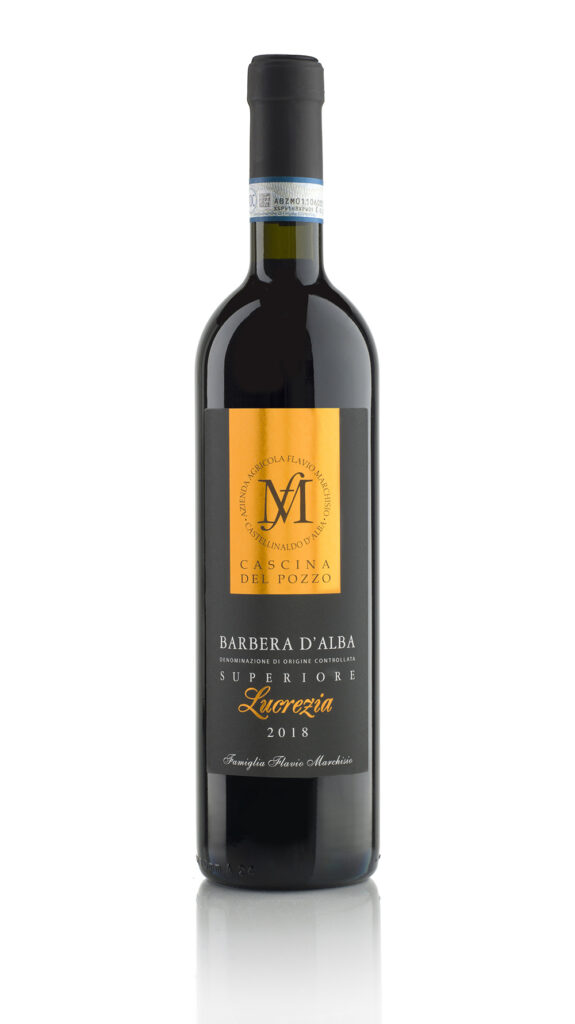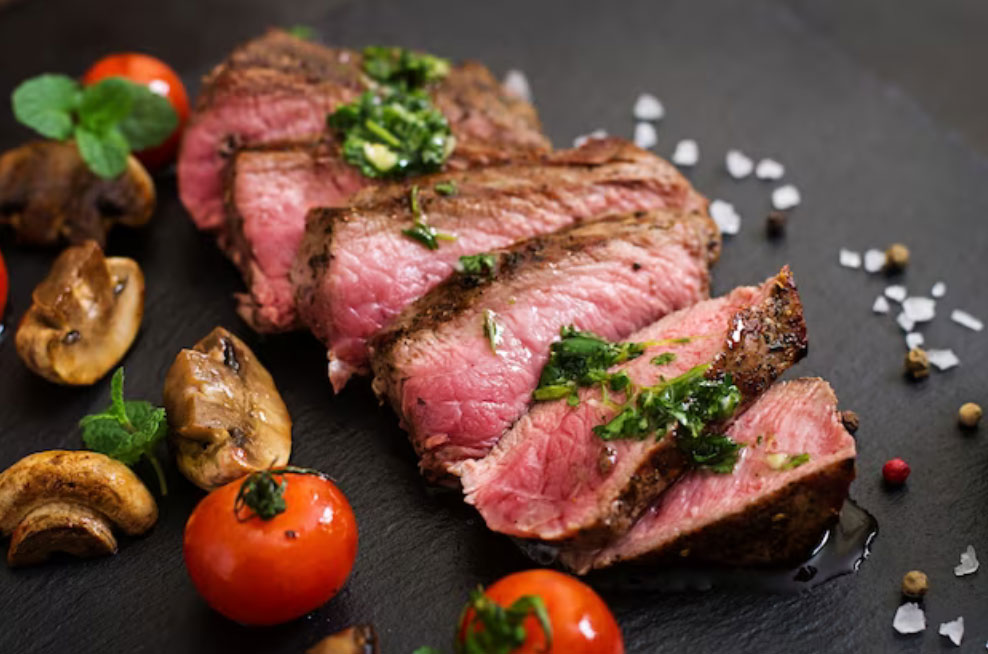Barbera d’Alba Superiore
Lucrezia
First vintage: 2006
Lucrezia, Lorenzo and Gabriele’s sister, was born in the year that superior barbera was first produced, hence the dedication.
To date, this barbera, is aged for 12 months in tonneaux, 12 months in large barrels and a few more months in the bottle. The vines used to produce this barbera are approximately 50 years old.

BARBERA D’ALBA SUPERIORE
Lucrezia
Barbera
| Grapevine | 100% Barbera |
| Production area | Castellinaldo d'Alba - Roero |
| Land | Sandy (66% sand, 30% silt, 4% clay) |
| Exposure / Altitude | south / 310 m |
| Breeding / Pruning | counter-espalier / Guyot |
| Planting density | 5,000 vines per hectare |
| Yield per hectare | 50hl |
| Harvest | Manual at the end of September |
| Vinification | 12 - 15 days maceration; frequent délestages and punching down; temperature controlled, maximum regime 28°C. |
| Refinement | 12 months in 500 L tonneaux, 12 months in large wooden barrel, 12 months in bottle |
| Bottles per year | 12.000 |
| Pairings | Traditional local meat dishes, aged cheeses |
| Formats | 0.75L - 1.5L - 3L - 5L - 12L |

Frequently Asked Questions
Curiosities and questions about Barbera d'Alba Superiore Lucrezia and related concepts
Vineyards of Rocca Cerreto

Pairings
Meat

Barbera d'Alba Superiore Lucrezia pairs well with traditional local Piedmontese meat dishes. The following are some classics that are well compatible with this label:
This wine also pairs well with aged cheeses.



